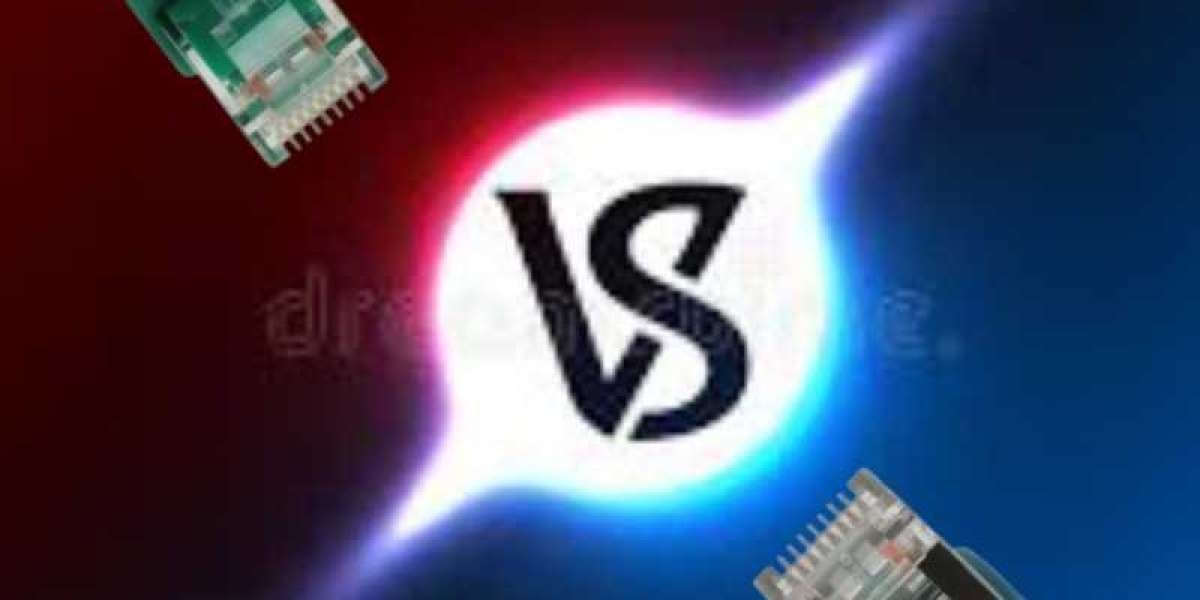Choosing between UTP (unshielded twisted pair) and STP (shielded twisted pair) or UTP vs. STP Cat6 cables can be perplexing. UTP cables are unshielded, cost-effective, and easy to install, making them suitable for small to medium-sized networks. However, they are prone to electromagnetic interference and have limited data transfer distance. On the other hand, STP cables, shielded with metal foil, offer better protection against interference but are more expensive, less flexible, and require specialized installation.
Features of UTP cables include budget-friendliness, ease of installation, and suitability for small networks. They are, however, susceptible to interference. STP cables, while more expensive and challenging to install, excel in high-bandwidth applications, providing robust shielding against electromagnetic interference.
Drawbacks of UTP include vulnerability to interference and less robustness, while STP cables are less flexible and prone to crosstalk.
Distinguishing UTP from STP, UTP is affordable, easy to maintain, and supports slower speeds, whereas STP offers superior EMI protection, higher speeds, and requires grounding.
FTP (Foiled Twisted Pair) cables, with a foil shield, present an alternative. FTP has lower cross-talk, requires bonding and grounding, and offers higher data rates compared to UTP. It is moderately expensive, making it suitable for long-distance networks.
In the UTP vs. FTP comparison, UTP is cheaper, lacks cable shields, and doesn't require bonding or grounding. FTP, though moderately expensive, provides better performance and is ideal for long-distance networks.
STP outperforms UTP in data transmission, but its additional shielding raises installation costs. UTP is preferable for cost-effectiveness and simpler installations in homes and small offices, while STP is ideal for businesses requiring protection from interference.
Ultimately, the choice or difference between UTP and STP depends on factors like budget, installation complexity, and the level of protection needed against interference. For affordability and simplicity, UTP is suitable, while STP is preferred for robustness and EMI protection in business networks.








